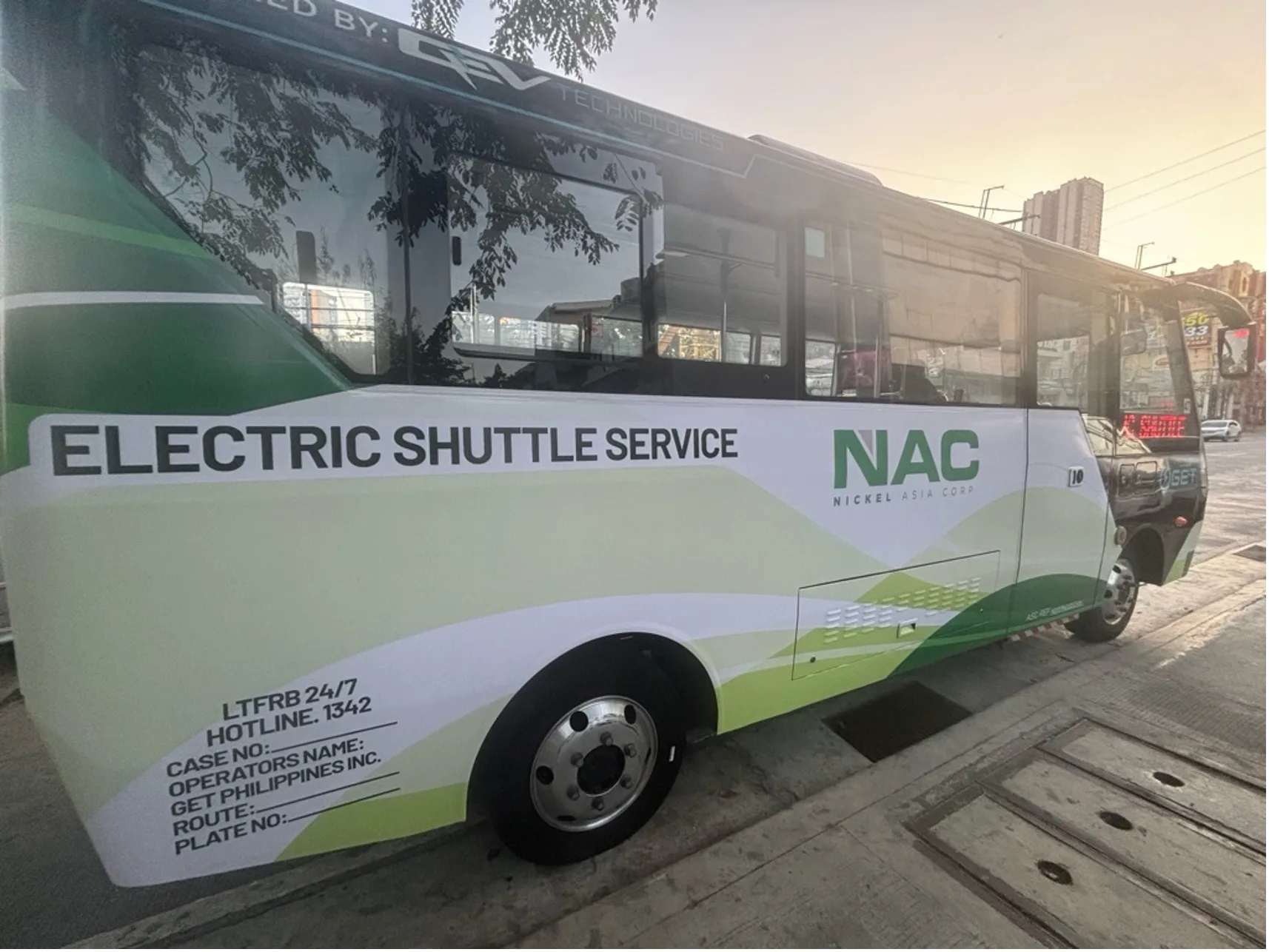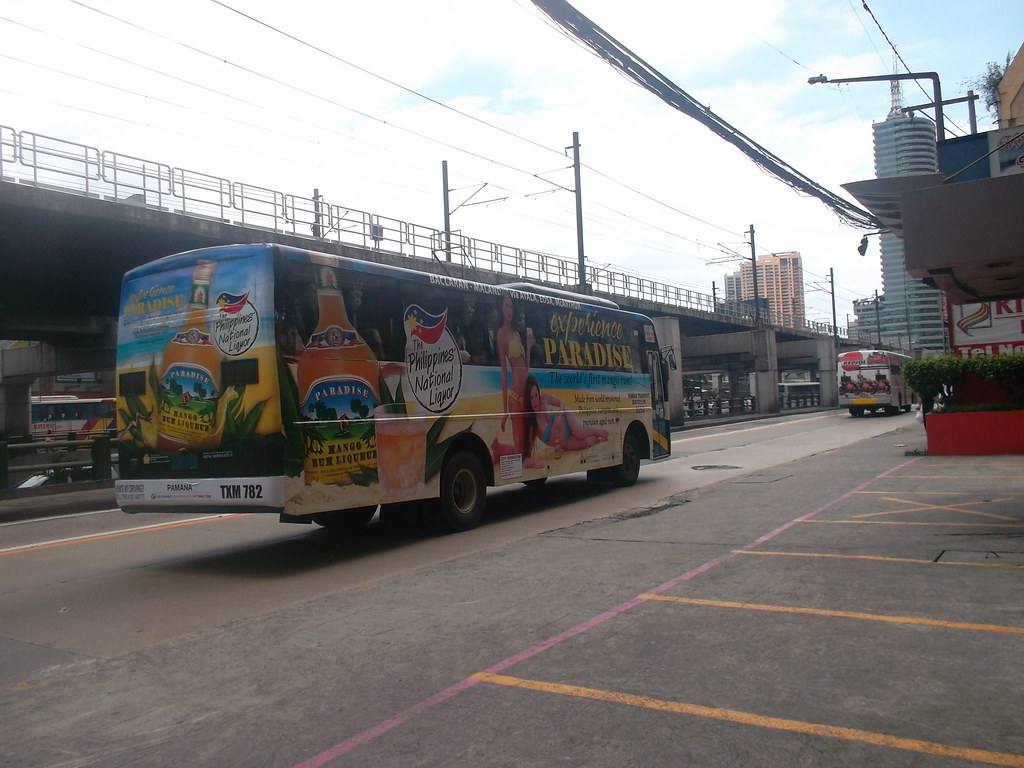Transit Advertising Philippines for Unmatched Brand Exposure
Just How Transportation Advertising Can Change Mass Transit Spaces Into Dynamic Marketing Operatings Systems
Transportation marketing holds considerable capacity to redefine public transport rooms into lively advertising systems that notify and involve. As we check out the diverse advantages and progressing strategies of transit advertising and marketing, it raises the inquiry of how this makeover could redefine our interactions with both brand names and the urban atmosphere.
Advantages of Transportation Advertising And Marketing

Furthermore, transit advertising and marketing is very economical compared to conventional media. It allows marketers to accomplish high impacts at reduced expenses, making best use of roi. The captive audience of travelers supplies a chance for brand names to share their messages to individuals who are usually receptive during their traveling times.
Additionally, the vibrant nature of transit advertising permits campaigns to be upgraded regularly, making sure that messaging stays pertinent and timely. This flexibility can be important in responding to market patterns or advertising events, keeping the brand top-of-mind for customers. Lastly, the prevalent presence of transportation advertising adds to brand name recall; repeated direct exposure within familiar traveling contexts strengthens brand name awareness and cultivates customer commitment, inevitably boosting and driving sales brand track record.
Sorts Of Transit Advertising And Marketing
Public transport systems provide various formats for marketing, each catering to different advertising and marketing strategies and audience engagement methods. One prominent type is exterior bus and train covers, which cover the whole lorry and develop a mobile signboard result, enabling high visibility in urban environments. These wraps can capture interest as they pass through active roads, getting to a varied audience.
One more preferred layout is indoor advertising, which includes posters, digital displays, and advertisements on transportation seats. These positionings engage passengers throughout their journey, reinforcing brand messaging in a restricted space. Digital displays, specifically, supply the advantage of vibrant web content, allowing advertisers to update messages in real-time.
Terminal marketing is additionally considerable, featuring posters, banners, and interactive stands within transportation terminals. These advertisements take advantage of foot website traffic and can target certain demographics based upon location.
Finally, marketing partnerships with transit authorities can bring about one-of-a-kind campaigns, such as themed transit experiences or events, enhancing the overall interaction with travelers. Each sort of transportation marketing offers distinct advantages, allowing brand names to tailor their approach to effectively reach their target market within the public transport environment.
Engaging Travelers Efficiently
Travelers are progressively inundated with advertising messages during their everyday travels, making it essential for brand names to engage them in cutting-edge methods. To catch attention in this congested room, advertisers have to focus on creativity and significance. Utilizing attractive visuals and succinct messaging can significantly boost the probability of engagement.
Interactive components, such as QR codes or enhanced reality attributes, can also change fixed ads into immersive experiences, cultivating a deeper connection with the target market. Brands need to focus on attending to commuters' needs and rate of interests, customizing messages to resonate with their way of living, whether through promotions for regional organizations or solutions made to enhance their travelling experience.
In addition, timing plays a vital duty; tactically positioning ads throughout top travelling hours can maximize exposure and impact. Involving commuters efficiently additionally involves leveraging social media sites integration, enabling guests to share their experiences or promos directly from transit platforms, thus enhancing brand reach.
In significance, efficient interaction hinges on recognizing the commuter trip and developing compelling, interactive, and relevant advertising experiences that not only record interest however additionally drive activity and commitment. By doing so, brand names can transform public transportation into a vibrant marketing system that reverberates with its audience.

Measuring Marketing Impact
Just how can brands accurately analyze the efficiency of their advertising projects en route settings? Determining the influence of transit advertising and marketing needs a multifaceted technique that combines qualitative and quantitative metrics. One widespread method is tracking involvement through mobile analytics, where brand names can analyze foot web traffic patterns and application interactions in the past, during, and after projects.
Surveys can give important understandings right into brand recall and customer sentiment, enabling brand names to gauge exactly how well their messages reverberate with commuters. Furthermore, keeping track of social media sites engagement pertaining to details campaigns can expose changes in public perception and brand discussion.

Moreover, teaming up with transportation agencies can enhance measurement accuracy, as they typically have thorough group information on ridership fads. By incorporating these methodologies, brands can develop a comprehensive understanding view website of their advertising effectiveness, guaranteeing that their campaigns not only reach but also impact their target audiences effectively.
Future Trends in Transportation Advertising And Marketing
A substantial change is expected en route marketing as technological advancements and changing customer actions improve the landscape. Transit Advertising Philippines. The combination of interactive media and electronic display screens is expected to improve engagement, allowing brands to supply vibrant web content that reverberates with diverse audiences. As mass transit systems welcome wise innovation, advertisers will certainly utilize real-time information analytics to tailor messages based on guest demographics and habits
Furthermore, enhanced reality (AR) is positioned to transform the way travelers engage with ads. By providing immersive experiences, AR can change an ordinary journey right into an appealing narrative that captures focus and promotes brand commitment. This development will likely urge marketers to create even more experiential projects that drive consumer communication.
Sustainability is an additional vital trend influencing transportation marketing. As environmental awareness grows, brands will significantly seek to align with environment-friendly methods, utilizing sustainable materials and promoting environment-friendly initiatives within their campaigns.
Conclusion
In verdict, transportation advertising and marketing supplies substantial benefits by boosting brand name presence and involving a restricted target market. As patterns progress, the capacity for ingenious interactions between brands and commuters is positioned to expand, making sure that transportation marketing stays a crucial element of contemporary marketing techniques.
Transit advertising holds significant possibility to redefine public transportation rooms right into lively marketing platforms that inform and involve. The prevalent existence of transit marketing contributes to brand recall; duplicated direct exposure within acquainted travel contexts enhances brand name understanding and fosters customer loyalty, ultimately driving sales and boosting brand credibility.
How can brands properly examine the efficiency of their advertising projects view it in transit environments?In verdict, transit advertising and marketing uses considerable benefits by improving brand presence and engaging a restricted audience. Transit Advertising Philippines. As fads develop, the possibility for ingenious interactions between travelers and brands is positioned to grow, making sure that transit marketing remains an essential element of modern advertising techniques